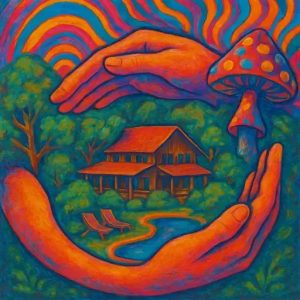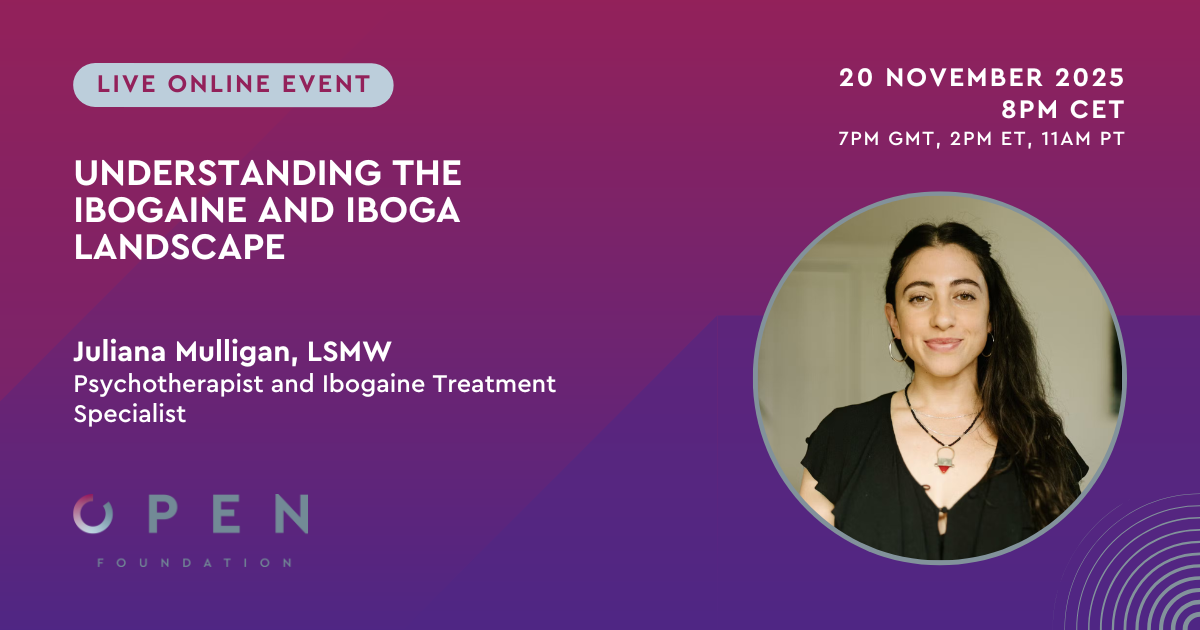Abstract
Interest in the therapeutic potential of psychedelic substances has recently resumed. During an early phase of human psychedelic research, their therapeutic application in different pathologies had been suggested, and the first evidence for efficacy was provided. The range of recent clinical applications of psychedelics spans from cluster headaches and obsessive-compulsive disorder to addiction and the treatment of fear and anxiety in patients suffering from terminal illness, indicating potentially different therapeutic mechanisms. A variety of approaches in psychotherapy emphasize subjective experiences, such as so-called peak experiences or afterglow phenomena, as differentially mediating therapeutic action. This review aims to re-evaluate earlier and recent concepts of how psychedelic substances may exert beneficial effects. After a short outline of neurophenomenological aspects, we discuss different approaches to how psychedelics are used in psychotherapy. Finally, we summarize evidence for the relationship between subjective experiences and therapeutic success. While the distinction between pharmacological and psychological action obviously cannot be clear-cut, they do appear to contribute differently from each other when their effects are compared with regard to pathologies.
Majić, T., Schmidt, T. T., & Gallinat, J. (2015). Peak experiences and the afterglow phenomenon: When and how do therapeutic effects of hallucinogens depend on psychedelic experiences? Journal of Psychopharmacology. https://dx.doi.org/10.1177/0269881114568040
Link to full text











